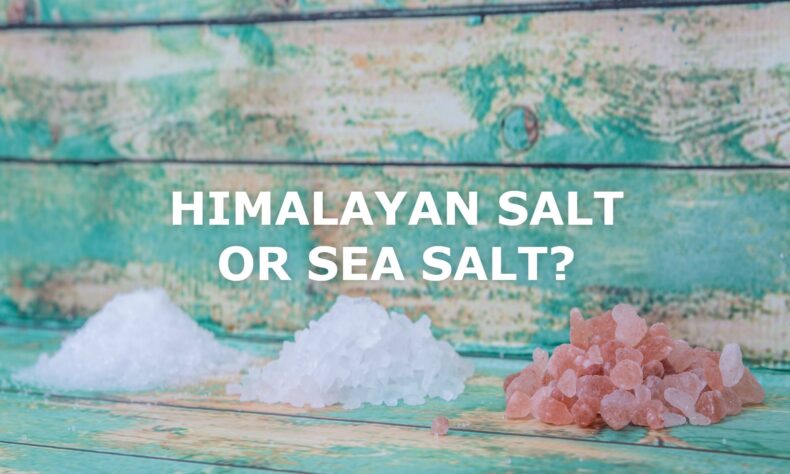Favourite Gluten-Free Items Available at Spud May National Celiac Awareness Month, but every day Spud…
Throughout human history, salt has always been pivotal to civilization advancement. Many even built their communities around sources of this valuable mineral. In fact, at one point, salt was so treasured that it was actually used as currency—the word ‘salary’ came from the Latin word for salt.
And although salt has become much more common nowadays, it remains an essential mineral for both our bodies and the culinary world. But not all salts are created—or obtained—equally. Sea salt and Himalayan salt are two of the most popular salts on the market today. Which one should you use? How do they compare with regular table salt?
What’s wrong with regular table salt?
Regular table salt isn’t necessarily bad for you, but it definitely can be. Table salt is highly refined, meaning that it is stripped of any impurities as well as trace minerals that can be beneficial to you. And because it is ground into extremely tiny granules, it tends to clump easily, which means that anti-caking agents are added to ensure it remains loose.
The more concerning attributes of regular table salt are the added synthetic chemicals. While some table salt can be neutral, many are simply unhealthy and possibly toxic. Some of these additives and chemicals include sodium solo-co-aluminates, iodide, sodium bicarbonate, fluoride, potassium iodide, and aluminum derivatives.
Sea Salt
Sea salt is similar to that of table salt in the way that it’s mostly sodium chloride but with the impurities and trace minerals. Sea salt can be a great option depending on where the salt originates and how reliable the brand is.
Grey Sea Salt
Grey sea salt is a highly sought-after variety and is preferred by many chefs. This special salt gets its colour from the minerals in the clay-bottom pans of salt marshes. As with most sea salts, grey sea salt retains its original minerals, and is rich in magnesium, iron, calcium, potassium, manganese, zinc, and iodine—all of which are required for a healthy diet.
Maldon Sea Salt
Maldon sea salt has been operated by the same family for generations and originates from Maldon, Essex in England. It is known for its pyramid shape and flakiness. One of the world’s favourite, this salt is loved for its crisp, pure, saltier flavour. Which means your food will be extra tasty, and you’ll probably end up needing to use a lot less than the unhealthy table salt.
Himalayan Salt
Known for its unique pink hue, Himalayan salt is mined from the foothills in the Himalayan region. It is considered to be the purest form of salt as it retains the composition of the original, primal sea water. Sometimes referred to as “pink gold”, this valuable salt contains 84 trace minerals, bringing a long list of benefits, including regulating blood volume and water content, improving muscle contractions, nerve transmissions, and heart functions. The Himalayan salt is also less salty.
Of course, you can take this information with a grain of salt, but table salt just doesn’t seem very good for you. What is your preferred salt of choice? Sea salt or Himalayan salt?
GET YOUR FAVOURITE SALT FROM Spud!
http://www.globalhealingcenter.com/natural-health/dangers-of-salt/
http://empoweredsustenance.com/himalayan-salt-benefits/
https://draxe.com/10-benefits-celtic-sea-salt-himalayan-salt/




